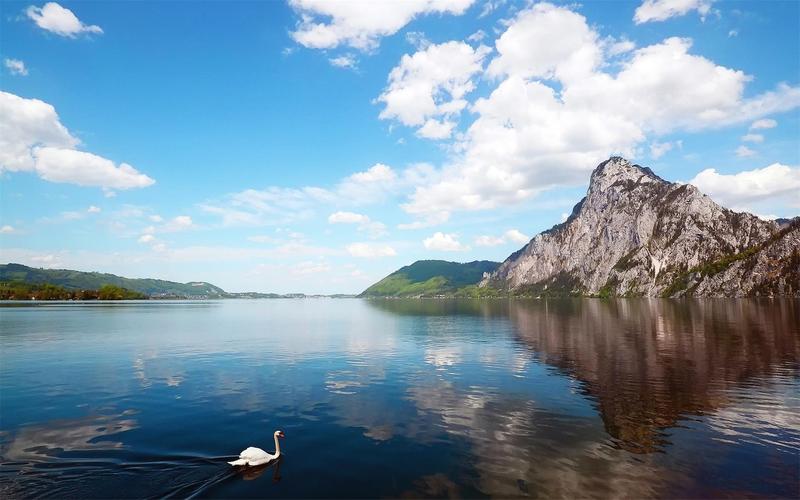Have you ever thought about what makes up your cultural heritage? Is it just the traditions and customs that you follow, or is there something more to it?
Cultural heritage is a vital component of our identity. It encompasses the tangible and intangible elements that define us as a people – our history, language, music, art, literature, and cuisines. Yet, despite its significance, many of us know little about our cultural heritage and the role it plays in shaping our lives.
To find out how much you know about your cultural heritage, take this quiz and discover some amazing facts about the diverse cultures around the world.
1. What is the difference between tangible and intangible cultural heritage?
a. Tangible cultural heritage refers to physical objects, such as historic buildings, monuments, and artifacts. Intangible cultural heritage, on the other hand, includes traditions, rituals, and customs that are passed down from generation to generation.
2. When was the UNESCO Convention for the Safeguarding of Intangible Cultural Heritage adopted?
a. The UNESCO Convention for the Safeguarding of Intangible Cultural Heritage was adopted in 2003.
3. Which cuisine is known for its traditional use of spices and herbs?
a. Indian cuisine is known for its traditional use of spices and herbs, such as cumin, coriander, turmeric, and ginger.
4. What is the significance of henna in Middle Eastern cultures?
a. Henna is traditionally used to adorn the hands and feet of women during festivals and weddings in Middle Eastern cultures.
5. Who is the author of the famous poem “The Waste Land”?
a. T.S. Eliot is the author of the famous poem “The Waste Land.”
6. What is the traditional music of the Scottish Highlands called?
a. The traditional music of the Scottish Highlands is called Gaelic music.
7. What is the significance of the Spring Festival in China?
a. The Spring Festival, also known as Chinese New Year, is the most important festival in China. It marks the beginning of a new year and is celebrated with family gatherings, feasts, and fireworks.
8. What is the traditional dance of the Maasai people of East Africa?
a. The traditional dance of the Maasai people of East Africa is called adumu, or the “jumping dance.”
9. Which European country is known for its flamenco dance and music?
a. Spain is known for its flamenco dance and music, which originated in the Andalusia region.
10. What is the traditional clothing of the Korean people called?
a. The traditional clothing of the Korean people is called hanbok.
Now that you have taken the quiz, how well did you know your cultural heritage? Did you discover some fascinating facts about the diverse cultures around the world? Hopefully, this quiz has sparked your curiosity and encouraged you to explore further the rich and diverse cultural heritage of our world.
(Note: Do you have knowledge or insights to share? Unlock new opportunities and expand your reach by joining our authors team. Click Registration to join us and share your expertise with our readers.)
